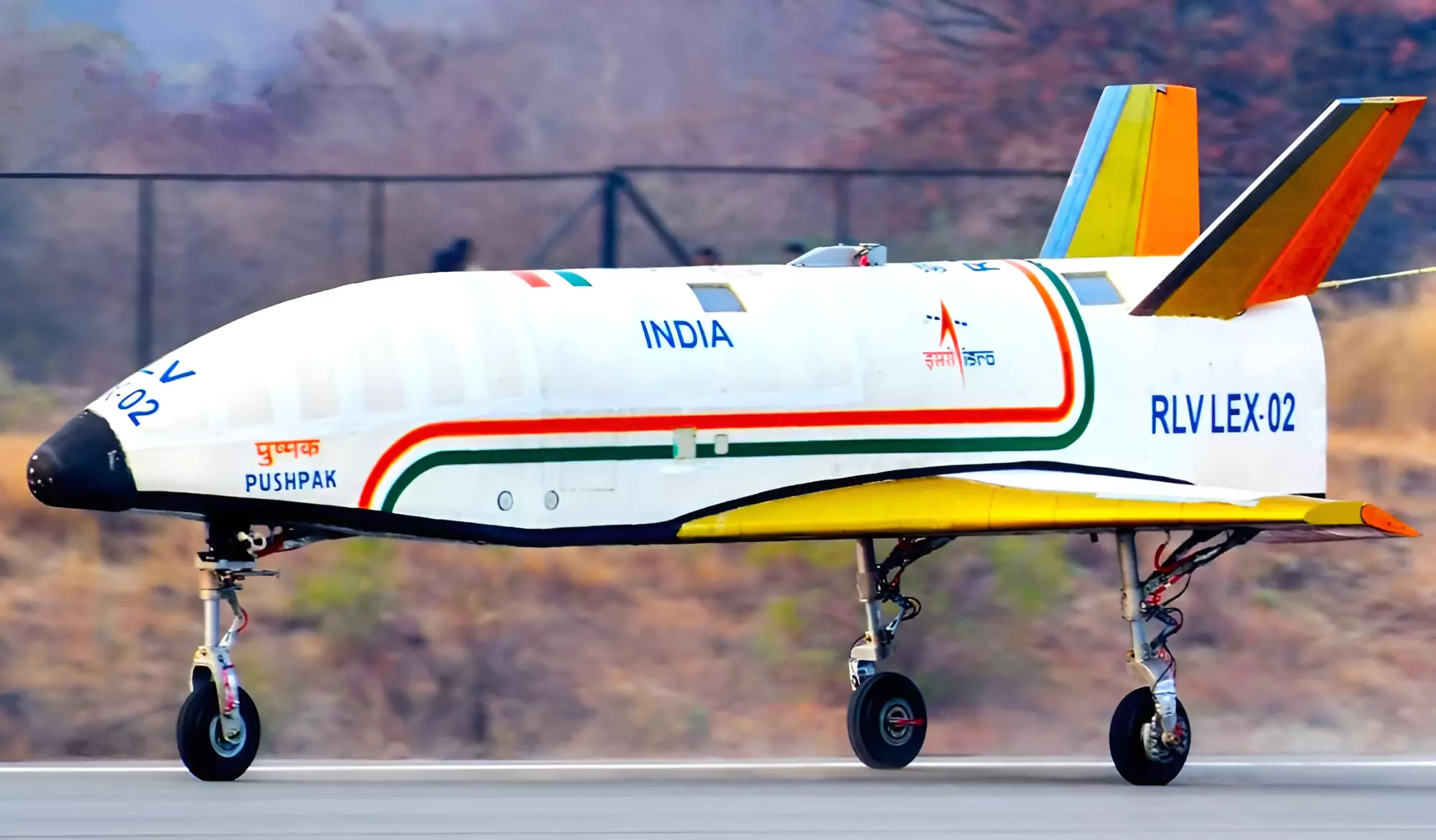![]() 22 Mar 2024
22 Mar 2024
The Indian Space Research Organisation (ISRO) said it successfully conducted the landing experiment of Pushpak Reusable Launch Vehicle (RLV) at Aeronautical Test Range in Chitradurga district in Karnataka.

| Must Read | |
| NCERT Notes For UPSC | UPSC Daily Current Affairs |
| UPSC Blogs | UPSC Daily Editorials |
| Daily Current Affairs Quiz | Daily Main Answer Writing |
| UPSC Mains Previous Year Papers | UPSC Test Series 2024 |
<div class="new-fform">
</div>